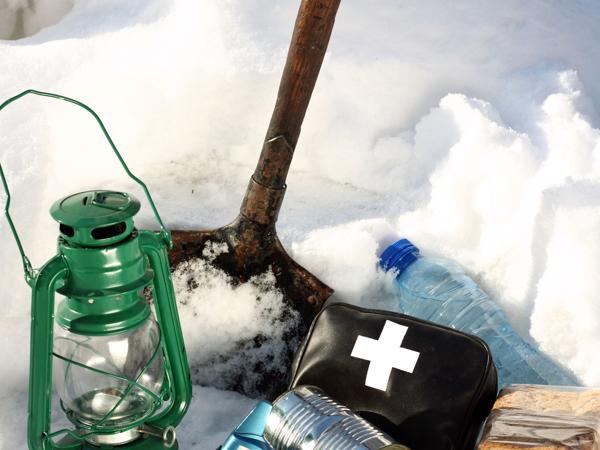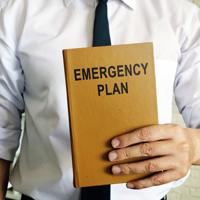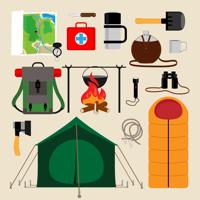I’m thrilled to share some insights into the world of ham radio, particularly for those of us focused on survival skills and preparedness. When it comes to maintaining communication during emergencies, ham radio is a tool that has often been relied upon, serving as a dependable alternative when modern conveniences falter.
What is Ham Radio?
Amateur Radio, commonly known as ham radio, is a popular hobby and service that brings people, electronics, and communication together. People use ham radio to talk across town, around the world, or even into space, all without the Internet or a cell phone network. It’s a lifeline for preppers wanting to ensure they have a method of communication during unexpected situations.
Why Consider Ham Radio?
The allure of ham radio for preppers is its ability to function when typical communication systems fail. Whether local power outages, severe weather conditions, or other emergencies disrupt communication, ham radio can offer a resilient alternative.
Advantages of Ham Radio
-
Independence from Infrastructure: Ham radios don’t rely on cell towers or internet connection. They communicate wirelessly using radio frequencies, making them dependable when other systems are down.
-
Long-Range Communication: Depending on the equipment and conditions, ham radios can communicate over significant distances. This is beneficial in emergencies where reaching out to people outside the affected area could be necessary.
-
Community and Support: Becoming a licensed ham operator engages you with a network of other operators dedicated to helping one another, especially during emergencies.
Getting Started with Ham Radio
Embarking on the ham radio journey requires a bit of preparation and learning. Here’s a step-by-step guide to get you started:
1. Understand the Basics
Study the fundamentals of ham radio: how it works, the different types of devices available, and the basic concepts of radio communication. Websites like ARRL (American Radio Relay League) offer comprehensive resources.
2. Acquire a License
In most countries, operating a ham radio requires a license. For instance, in the US, you’d need to pass an exam to obtain a Technician Class license. The great thing is, beginner-level exams cover the essentials and aren’t overly challenging. Once licensed, you have legally sanctioned access to specific frequencies.
3. Choose the Right Equipment
Start with a basic radio. A handheld transceiver (often referred to as an HT or “handy talkie”) is portable and user-friendly for beginners. Models like the Baofeng UV-5R are popular choices due to their affordability and ease of use.
4. Learn the Regulations
Study the rules governing ham radio use in your region. This includes understanding frequency allocation, call sign usage, and operation protocols. Being mindful of these regulations ensures you use your equipment legally and respectfully.
5. Practice Operating
Join local ham radio clubs or online forums to practice your skills, exchange knowledge, and participate in network exercises. Communication with other operators can be both informative and enjoyable.
6. Emergency Preparedness
As a prepper, integrate your ham radio into your emergency response plans. Test your setup frequently, and ensure you have auxiliary power sources like batteries or solar chargers to keep your radio operational during crises.
Conclusion
Using ham radio provides a valuable layer of resilience for those serious about preparedness. It’s an avenue not just for communication but also for immersion into a supportive community of fellow enthusiasts, each keen on helping others maintain contact in challenging times.
As you explore ham radio, take things step-by-step, and don’t rush the journey. Each lesson learned and every communication made is a stride towards better preparedness, turning potential isolation into connectivity. Remember, the key is to stay informed, practice regularly, and enjoy engaging with this historic and vital form of communication.
For additional resources, consider checking out the ARRL website or reaching out to local ham radio clubs—they’re filled with approachable folks excited to share their expertise.




